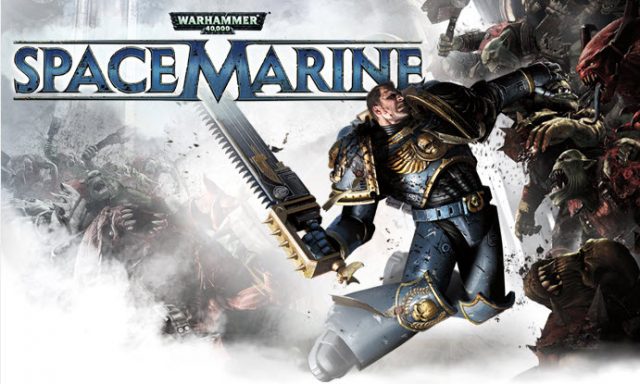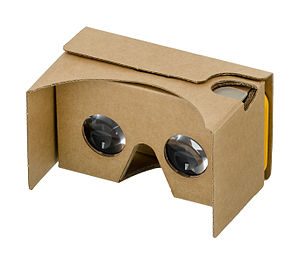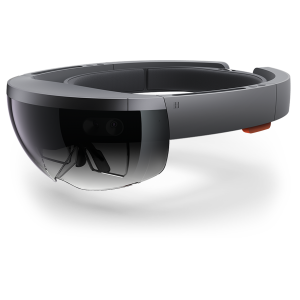
Description
Warhammer 40,000: Space Marine is a third person shooter, hack-n-slash video game that was developed by Relic Entertainment and published by Relic Entertainment. The game was released in North America and Europe in 2011 for Microsoft Windows, PlayStation 3 and Xbox 360. Warhammer 40,000: Space Marine offers players a choice of playing the game in a single player story mode or its online team multiplayer mode.
Space Marine’s official website: https://www.spacemarine.com/
Setting
The game takes place in the 41st millennium, about 38,000 years into the future, where most of humanity has united itself under the rule of the Emperor of Mankind and conquered countless of planets across the galaxy. The player will play as a Space Marine – a hulking, genetically-engineered superhuman soldier. Donned with one of the best armours humanity has to offer, the player and other fellow Space Marines are charged in defending humanity and its territories from the hostile alien forces and traitorous humans that defected from the empire in favour and worship of daemonic entities.

The Lens of Elemental Tetrad

Mechanics
In this game, the player can choose to play as Space Marines or Chaos Space Marines, evil corrupted versions for their former counterparts, to fight other players or the player can choose to play with other Space Marine players as a same team against AI-controlled teams of Orks and Chaos Space Marines (similar to that of the single player mode). In either mode, the players will be put through multiple stages in which they must slay the opposing team and capture various objectives. The players will have access to an assortment of various weaponry and equipment that will greatly augment the Space Marine’s tactical combat prowess. This arsenal of war gears allows the Space Marine to be tailored to the player’s favoured playstyle and adapt to various situations accordingly. The players can either choose to engage the enemies in close combat, shoot the latter from afar with guns, or even do a combination both. Although the players are unable to jump or crouch normally like what most first-person shooter games offer, they can perform a dodge roll which allows the Space Marine to evade certain types of projectiles or melee attacks.

Aesthetic
Being set many years into the future, Warhammer 40,000: Space Marine is mainly portrayed in a dark industrial, science fiction setting with heavy aesthetical influences from the Lovecraftian genre. Characters in this game are usually armed with at least a form of weapon or protection, filled with scars, wear and tear or surgical marks. In addition to that, gory injuries and deaths are also repeatedly shown throughout the game – to depict the state of constant warfare and the brutality of it the game is set in.

Story
In the single player campaign mode, the player gets to play as Captain Titus, a Space Marine of the Ultramarines, a hardened war veteran of countless battles and skirmishes. Leading a company of Ultramarines, Captain Titus is tasked to liberate an Imperial Forge World, a planet dedicated in manufacturing of various machines and devices for humanity, from the alien Orks and the forces of Chaos.
Although the story of this game is linear and pre-scripted, it is packed with interesting twists and unexpected betrayals. With that aforementioned, this mode serves more as a tutorial for users to get familiar with the gameplay mechanics and game’s lore and setting at the cost of its replayability – which is more than compensated for by its multiplayer mode.
Technology
Warhammer 40,000: Space Marine is developed using Phoenix Engine, an internal game engine developed by Relic Entertainment. While this particular game engine is made specifically for Warhammer 40,000: Space Marine, it has been particularly noted that the game exhibited very similar traits to the games made by Unreal Engine 3. Thus, it could be said that there was not much innovation in this game due to the lack of ground-breaking techniques in developing Warhammer 40,000: Space Marine.
However, despite it not utilizing any advanced or unique technology for its game development, Warhammer 40,000: Space Marine still managed to appeal to its target audiences through its rich lore and aesthetics as well as its flexible gameplay mechanics.

The Lens of Surprise – #2
- A great number of varied weapons and perks with their own unique attributes
- Various equipment that alters the vitality, firepower and maneuverability of players, allowing them to surprise each other with unexpected possibilities of combat
- Pseudo-Randomized spawning locations and enemy types for players
- Drawbacks of weapons and enemy types that cause self-harm to each other from time to time

The Lens of Dynamic State – #22
- Not every weapon/equipment/perk are unlocked at the start.
- Perks and some equipment are only unlocked after attaining certain achievements or challenges
- Weapons, cosmetics and most equipment can be unlocked by attaining certain levels – levels are gained by attaining a set amount of experience points
- Each time the player completes a certain stage or round, users can gain experience points
- Therefore, if players fail to win a certain stage or round, as long they complete it, their effort would not be in vain as they can still gain experience points which will help them in unlocking more weapons

The Lens of Challenge #31
- This game requires you to utilize your quick reflexes in evading the enemy attacks, especially that of stronger foes – this forces the players to master the game’s controls and enemy attack timing
- Limited ammunition and as well as the different type of enemies forces the players to balance their ranged and melee gameplay style between each other
- Weapons and equipment all have their own different strengths and drawbacks forces the players to master the timing of their attacks and positioning in order to not place themselves in a highly disadvantageous situation
- A variety of enemy types with various types of traits and resistance also forces the players to adopt different playstyles or weapons and equipment in order to better adapt themselves in tackling the former

The Lens of Cooperation #37
- This game highly encourages communication between each other by the presence of voice and text chat between the team
- Although players can equip themselves with different weapons and equipment, they are fixed to the that particular equipment and weapons they picked for that particular stage
- Therefore, players are incentivized to communicate with each other in order to synergize and specializing their roles to better chance in winning the stage (like having one player with heavy long-range firepower and the other player being more melee oriented to drive away enemies that stray or spawn too close to the former)
- Players who are skillful enough in the game can complete the earlier stages of the game without much help from each other or communication – however without some form of cooperation or appropriate synergy of roles, it will almost be impossible to win the later stages of the round


